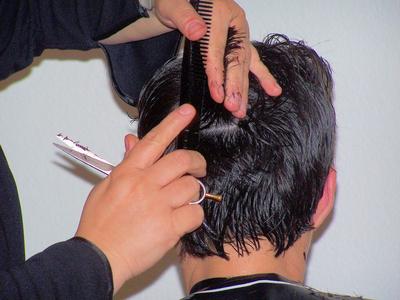Many individuals suffer from thinning hair and baldness. While some types of hair loss may be self-limiting, others require treatment to restore the hair and reduce the appearance of balding. Treatments may include the application of topical ingredients and oral medications, depending on the cause of the hair loss. Although these procedures may work for some individuals, others may need a more aggressive measure, such as a hair transplant. Waiting for your hair to grow after this procedure may require some patience.
Transplant Procedure
The extent of your transplant will affect your appearance and the growth of your new hair. Normally performed in an office setting, your physician removes small sections of hairs from thick areas to transplant to the thin areas of your scalp. Although the procedure won’t make new hairs grow on your scalp, it will relocate healthy follicles to other areas of your scalp, reducing the appearance of baldness and creating a more even appearance. Depending on the extent of your hair loss and your desired results, this may range from a few hundred to a few thousand hairs.
Waiting for New Growth
After your transplant procedure, the re-growth of your hair may take between six and eight months. Although you may notice the appearance of new hairs, expect to wait up to 18 months to see the full results of your hair transplant.
Future Growth
Depending on the cause of your baldness, you may continue to experience hair loss after a successful transplant procedure. Hereditary hair loss can progress, causing a recurrence of thinness and balding. Understanding the cause of your hair loss will help you develop realistic expectations about the duration of your continuing hair growth.
Required Sessions
While your doctor may try to transplant the necessary amount of healthy hairs during a single session, you may require additional treatments. Uneven growth or continued baldness may mean you need more hairs transplanted. Achieving a natural look may require up to three sessions.
Side Effects
Although complications rarely occur after a hair transplant procedure, some patients experience problems. Possible side effects include infection, swelling and temporary numbness in some areas of your scalp. You may notice the formation of scars as your scalp heals and new hair begins to grow. You may also feel some disappointment if the results aren’t as attractive as you may have expected.





